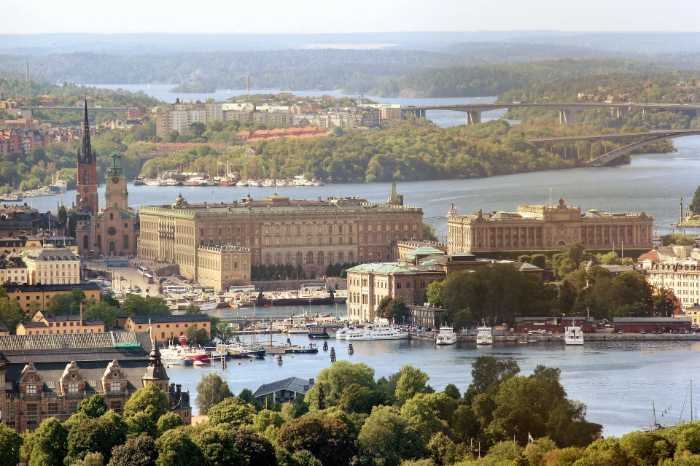
Stockholm
SwedenStockholm, a city gracefully spread across fourteen islands where Lake Mälaren meets the Baltic Sea, offers a captivating blend of stunning natural beauty and innovative urban design. It wasn't always Sweden's obvious capital; for a significant period, Uppsala held that esteemed position, its historical and religious significance eventually yielding to Stockholm's strategic coastal location and burgeoning trade. Consider this: Stockholm's iconic subway system, the Tunnelbana, is often referred to as the "longest art gallery in the world." Stretching over 110 kilometers, many of its stations are adorned with unique sculptures, mosaics, paintings, and installations by various artists, transforming the daily commute into an unexpected cultural experience. Imagine descending into the earth to be greeted by vibrant artwork carved directly into the bedrock. Intriguingly, Stockholm has a deep and somewhat surprising connection to the Nobel Prizes. Alfred Nobel, the Swedish chemist and engineer who invented dynamite, established the prestigious awards in his will. While the Nobel Prizes in Physics, Chemistry, Physiology or Medicine, and Literature are awarded in Stockholm, the Nobel Peace Prize is uniquely awarded in Oslo, Norway, a historical quirk stemming from the personal union between Sweden and Norway in the 19th century. Another fascinating aspect of Stockholm lies in its historical role as the namesake for a psychological phenomenon: Stockholm Syndrome. This term arose following a 1973 bank robbery in Stockholm where the hostages developed an emotional bond with their captors, a complex human response that continues to be studied and discussed. Beyond its cultural and psychological connections, Stockholm boasts a unique tradition associated with crayfish. "Kräftskiva," or crayfish parties, are a beloved late-summer ritual in Sweden, involving copious amounts of boiled crayfish, dill, schnapps, and singing traditional songs. These lively gatherings, often held outdoors under paper lanterns, offer a glimpse into Swedish social customs and a hearty appreciation for seasonal delicacies. Furthermore, Stockholm's Gamla Stan, or Old Town, is home to Stortorget, the main square, which was the site of the infamous Stockholm Bloodbath in 1520, a pivotal event in Swedish history where numerous Swedish nobles were executed. The square's colorful buildings, while picturesque today, serve as a silent reminder of this dramatic past. Finally, for those with a penchant for maritime history, the Vasa Museum houses the remarkably preserved 17th-century warship Vasa, which sank on its maiden voyage in 1628 and was salvaged 333 years later. This incredibly intact ship offers a unique window into naval technology and life during that era, a tangible link to Sweden's seafaring past. To explore Stockholm is to encounter a city where subterranean art awaits daily commuters, a place deeply intertwined with global recognition of achievement, a namesake for a complex human behavior, and a city that vividly preserves both its triumphs and its tragedies.
 Gröna Lund
Amusement park
Gröna Lund
Amusement park
 Bergianska trädgården
Botanical Garden
Bergianska trädgården
Botanical Garden
 Rosersberg Palace
Castle
Rosersberg Palace
Castle
 Gripsholm Castle
Castle
Gripsholm Castle
Castle
 Drottningholms Slott
Castle
Drottningholms Slott
Castle
 Kungliga Slottet
Castle
Kungliga Slottet
Castle
 Kulturhuset Stadsteatern
Culture Center
Kulturhuset Stadsteatern
Culture Center
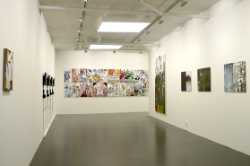 Galleri Flach
Gallery
Galleri Flach
Gallery
 Liljevalchs Konsthall
Gallery
Liljevalchs Konsthall
Gallery
 Galleri Magnus Karlsson
Gallery
Galleri Magnus Karlsson
Gallery
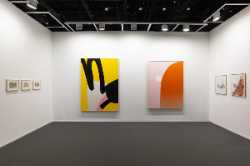 Andréhn-Schiptjenko
Gallery
Andréhn-Schiptjenko
Gallery
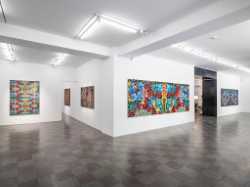 Wetterling Gallery
Gallery
Wetterling Gallery
Gallery
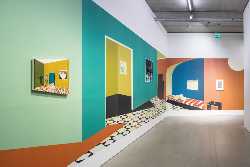 Bonniers Konsthall
Gallery
Bonniers Konsthall
Gallery
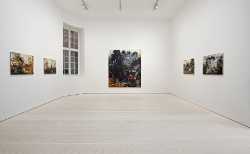 Galleri Forsblom
Gallery
Galleri Forsblom
Gallery
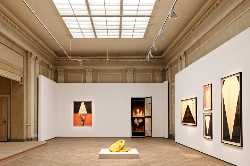 CFHILL Art Space
Gallery
CFHILL Art Space
Gallery
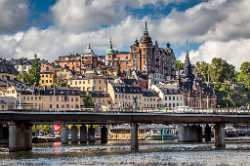 Södermalm
Island
Södermalm
Island
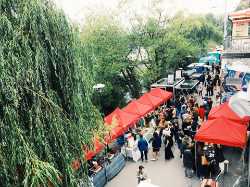 Hornstulls Marknad
Market
Hornstulls Marknad
Market
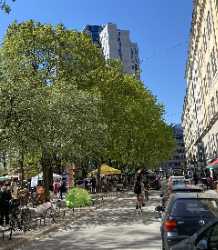 Bondens Egen Marknad
Market
Bondens Egen Marknad
Market
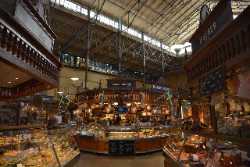 Östermalms Saluhall
Market
Östermalms Saluhall
Market
 Hötorgshallen
Market
Hötorgshallen
Market
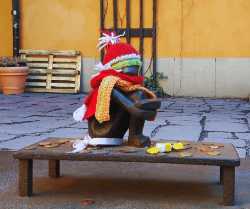 Järnpojke
Monument
Järnpojke
Monument
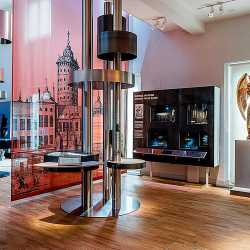 Ekonomiska museet
Museum
Ekonomiska museet
Museum
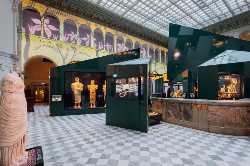 Medelhavsmuseet
Museum
Medelhavsmuseet
Museum
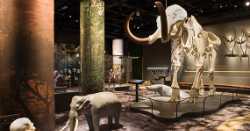 Naturhistoriska riksmuseet
Museum
Naturhistoriska riksmuseet
Museum
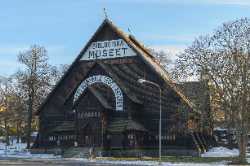 Biologiska museet
Museum
Biologiska museet
Museum
 Armémuseum
Museum
Armémuseum
Museum
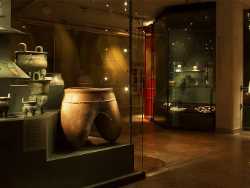 Östasiatiska museet
Museum
Östasiatiska museet
Museum
 Swedish Centre for Architecture and Design
Museum
Swedish Centre for Architecture and Design
Museum
 Polismuseet
Museum
Polismuseet
Museum
 Sjöhistoriska museet
Museum
Sjöhistoriska museet
Museum
 Prince Eugen’s Waldemarsudde
Museum
Prince Eugen’s Waldemarsudde
Museum
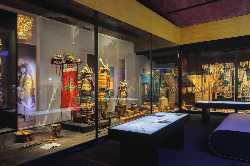 Etnografiska museet
Museum
Etnografiska museet
Museum
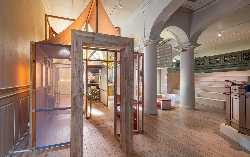 Judiska museet
Museum
Judiska museet
Museum
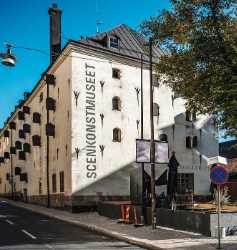 Scenkonstmuseet
Museum
Scenkonstmuseet
Museum
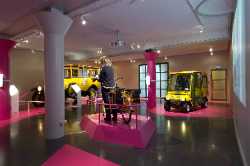 Postmuseum
Museum
Postmuseum
Museum
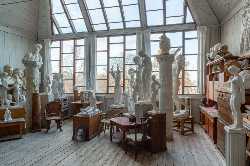 Carl Eldhs Ateljémuseum
Museum
Carl Eldhs Ateljémuseum
Museum
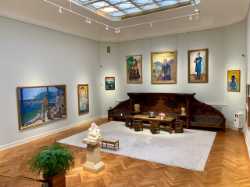 Thielska Galleriet
Museum
Thielska Galleriet
Museum
 ABBA The Museum
Museum
ABBA The Museum
Museum
 The Nobel Prize Museum
Museum
The Nobel Prize Museum
Museum
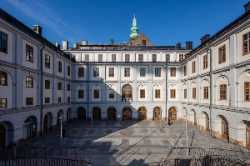 Stockholm City Museum
Museum
Stockholm City Museum
Museum
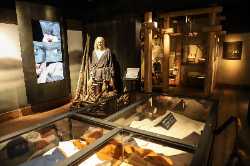 Viking Museum
Museum
Viking Museum
Museum
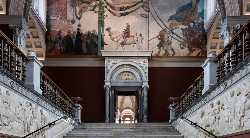 Nationalmuseum
Museum
Nationalmuseum
Museum
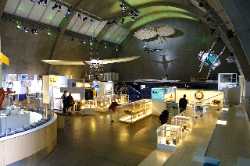 Tekniska museet
Museum
Tekniska museet
Museum
 Vasamuseet
Museum
Vasamuseet
Museum
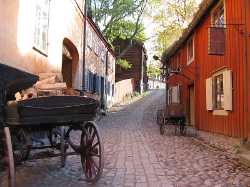 Skansen
Museum
Skansen
Museum
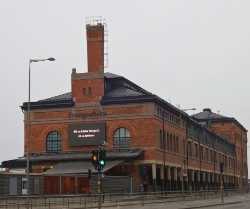 Fotografiska
Museum
Fotografiska
Museum
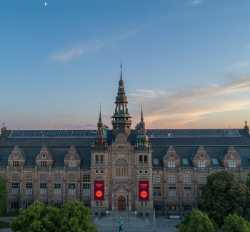 Nordic Museum
Museum
Nordic Museum
Museum
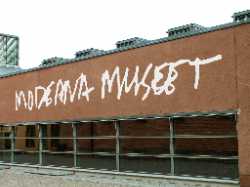 Moderna Museet
Museum
Moderna Museet
Museum
 Livrustkammaren
Museum
Livrustkammaren
Museum
 Historiska Museet
Museum
Historiska Museet
Museum
 Junibacken
Museum
Junibacken
Museum
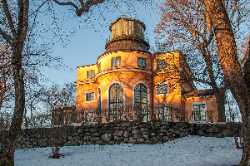 Stockholm Old Observatory
Observatory
Stockholm Old Observatory
Observatory
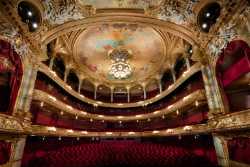 Royal Swedish Opera
Opera House
Royal Swedish Opera
Opera House
 Hagaparken
Park
Hagaparken
Park
 Royal Djurgården
Park
Royal Djurgården
Park
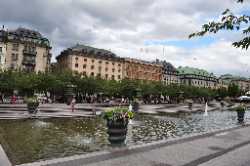 Kungsträdgården
Park
Kungsträdgården
Park
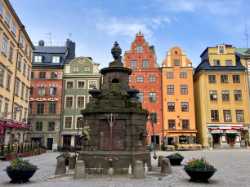 Stortorget
Square
Stortorget
Square
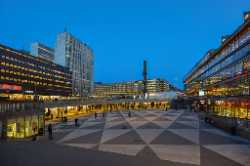 Sergels Torg
Square
Sergels Torg
Square
 Gustav Adolfs Torg
Square
Gustav Adolfs Torg
Square
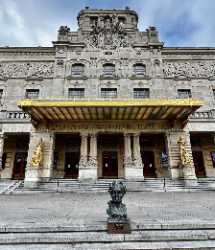 Royal Dramatic Theatre
Theatre
Royal Dramatic Theatre
Theatre
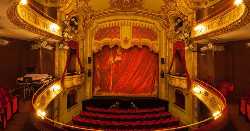 Södra Teatern
Theatre
Södra Teatern
Theatre
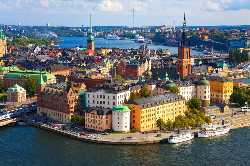 Gamla Stan
Tourist attractions
Gamla Stan
Tourist attractions
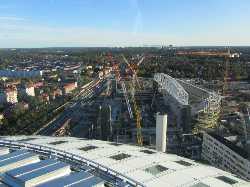 SkyView
Tourist attractions
SkyView
Tourist attractions
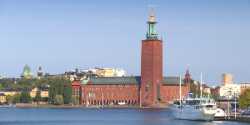 Stadshuset
Town Hall
Stadshuset
Town Hall